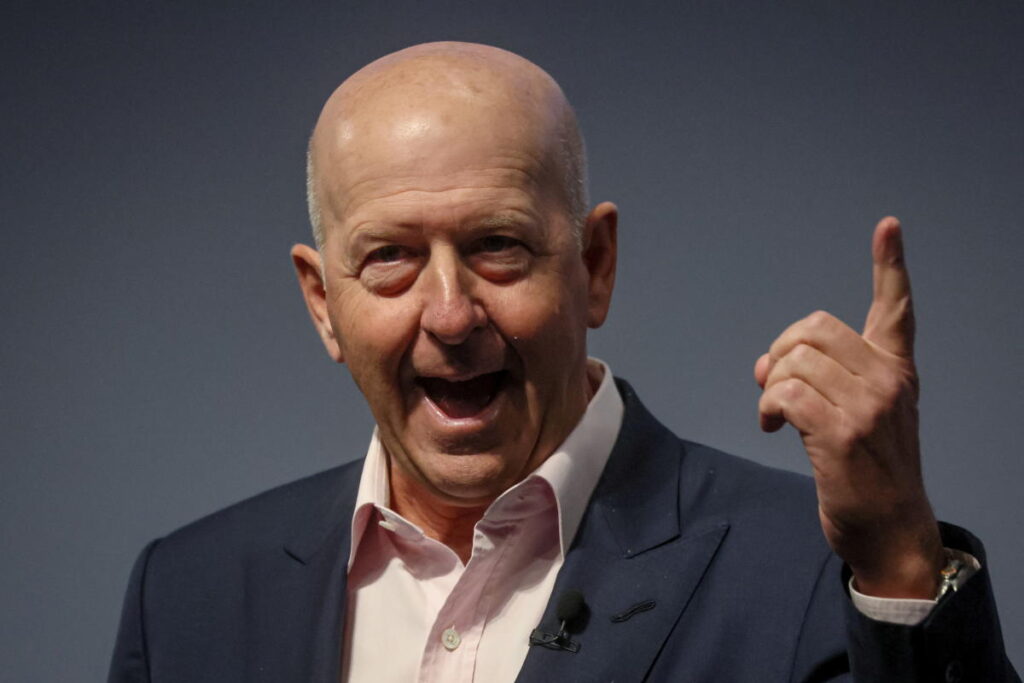US bank stocks surged Thursday following a jumbo rate cut from the Federal Reserve, a sign of bullishness among investors who now expect an easing of monetary policy will boost Wall Street giants and smaller regional lenders.
Goldman Sachs (GS), Capital One (COF) and Citigroup (C) each rose more than 3% Thursday morning, followed by smaller rises for Wells Fargo (WFC), Bank of America (BAC), JPMorgan Chase (JPM) and Morgan Stanley (MS).
The KBW Nasdaq Bank index (^BKX) and two other indexes tracking large (KRE) and mid-sized (^KRX) regional banks also churned higher by roughly 2%.
What banks and their investors are hoping for is a repeat of 1995, when a soft landing for the US economy and the beginning of a rate-cutting cycle sparked one of the best multi-year periods for banks in US history.
The reality of how this moment plays out for banks is probably more complicated, with many unknowns still lurking.
How the benefits and costs of lower rates affect most banks will show up in their net interest income, a crucial revenue measure that represents the lending margin left over after banks pay their depositors.
Moody’s Ratings said in a note earlier this week that the rate cuts will initially be a “credit negative” for most banks due to an expected tightening of that net interest income.
“We expect their deposit costs to reprice downward more slowly than their loan yields, constraining net interest income, which is most banks’ largest revenue source,” analysts for Moody’s Ratings said in a note earlier this week.
Last week, JPMorgan COO Daniel Pinto alarmed investors when he said that the consensus view among analysts that the bank would earn $94 billion in 2025 was “a bit too optimistic” due partly to the effect of falling rates.
But longer term, things look brighter, according to Moody’s.
“Reductions in deposit costs will catch-up and strengthen net interest income. Additionally if lower rates prolong economic growth it will help banks maintain and improve their asset quality,” Moody’s analysts said in their note.
RBC Capital Markets analyst Gerard Cassidy expects big banks to both set aside higher provisions for potential loan losses over the next 12 months while also seeing “better earnings” in 2025.
The most immediate relief may be felt by regional banks with higher exposures to commercial real estate, an industry weakened by the Fed’s aggressive rate-tightening campaign and higher center-city property vacancies that followed the Covid-19 pandemic.
Over time a lower federal funds rate will “ignite” demand from commercial borrowers, as those cuts reduce the uncertainty over the economy and what borrowers will pay, Steven Alexopoulos, a JPMorgan analyst covering mid and small cap banks said in a Thursday note.
“We view that the sector is poised for re-valuation,” Alexopoulos added.
David Hollerith is a senior reporter for Yahoo Finance covering banking, crypto, and other areas in finance.
Click here for in-depth analysis of the latest stock market news and events moving stock prices.
Read the latest financial and business news from Yahoo Finance
Read the full article here

